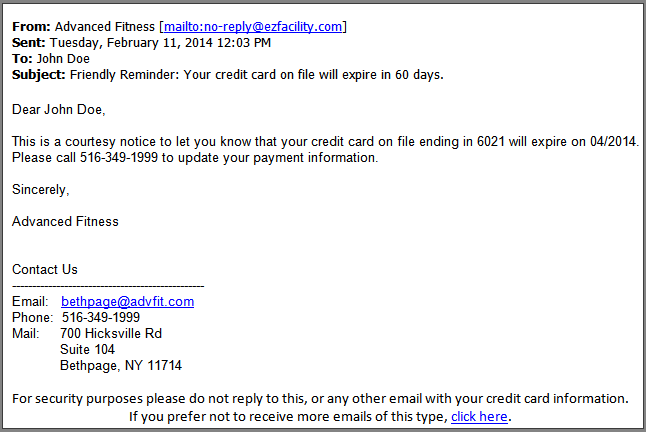Thomas Acquinas said, “Friendship is the source of the greatest pleasures, and without friends even the most agreeable pursuits become tedious.” The corollary, of course, is that with friends even the most disagreeable pursuits become less tedious. As far as exercising goes, whether one sees it as an agreeable pursuit or a disagreeable pursuit, one thing has been made adequately clear through both rigorous research and personal anecdote: Doing it with a friend makes it more effective.
Studies have shown, for example, that we lose weight better when we work out with a partner. At Miriam Hospital/Brown Medical School and the University of Massachusetts Dartmouth, for example, researchers found that participants in a weight loss regimen that included exercise lost more weight when their support partners took part in the same program and were successful at dropping pounds. Others who participated alone, or whose workout partners did not lose weight, did not lose as much weight themselves.
It turns out that even just spending time with fitter friends helps. In the book Friendfluence, journalist Carlin Flora writes, “We seek out health and weight-loss advice, but the most effective plan might be to hang out with fit friends. Not only do they make it easier for us to eat better and work out by setting an example and dragging us along on active outings, but they also provide the human connection that fosters robust physiological characteristics, such as lower blood pressure and increased immunity.”
And, perhaps even more surprisingly, we don’t even need real-time interaction with friends to make exercise more effective; even just being part of an online group can help people achieve their workout goals better. For example, a Northwestern University study published in the Journal of the Royal Society Interface found that people who actively engage in online weight-loss communities lose a higher percentage of their body weight compared with users who participate less. In the study, the most active participants, who recorded their weight and engaged with other members of an online forum that grants access to weight-loss tools, lost more than 8 percent of their body weight in a six-month period. The least active users, who had the fewest online friends and social interactions, lost only about 5 percent of their body weight in the same time span.
The question you should be asking yourself is clear: How can your facility capitalize on friendship? The more you can encourage your members and prospective members to come in and work out with friends, the more you’ll be leading folks to success in their exercise goals, and the better your retention numbers will be. It’s as simple as that. So, consider offering special “friendship deals” — classes half off for members and their friends, if they bring them. Or launch membership drives during which anyone who becomes a member by a certain date wins a month’s free membership for a friend? Or start a weekly “Friend Day” initiative: Members bring a friend to the gym for free on that day. Make sure that your club management software handles guest passes as well as robust reporting on membership data. Also, consider whether you can build an online community for members to offer each other support. There are endless variations on these possibilities, and the potential benefits for your facility are huge — as are the potential benefits for your members and their friends.





















